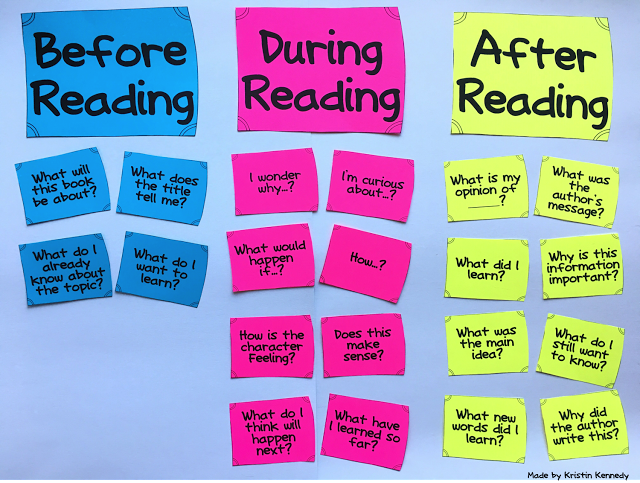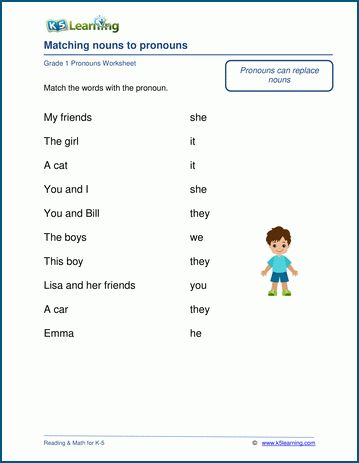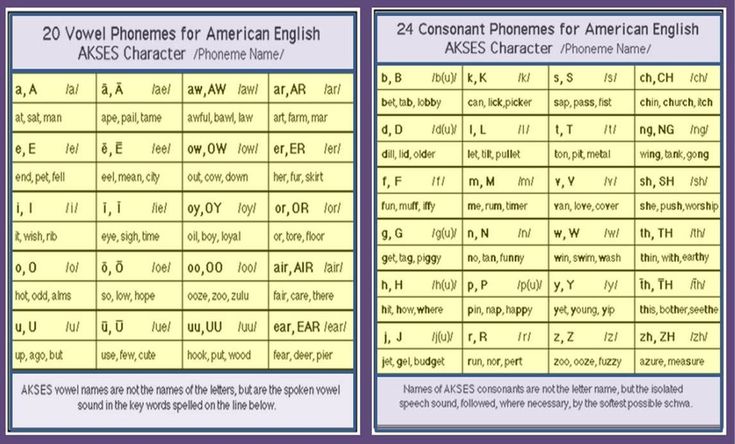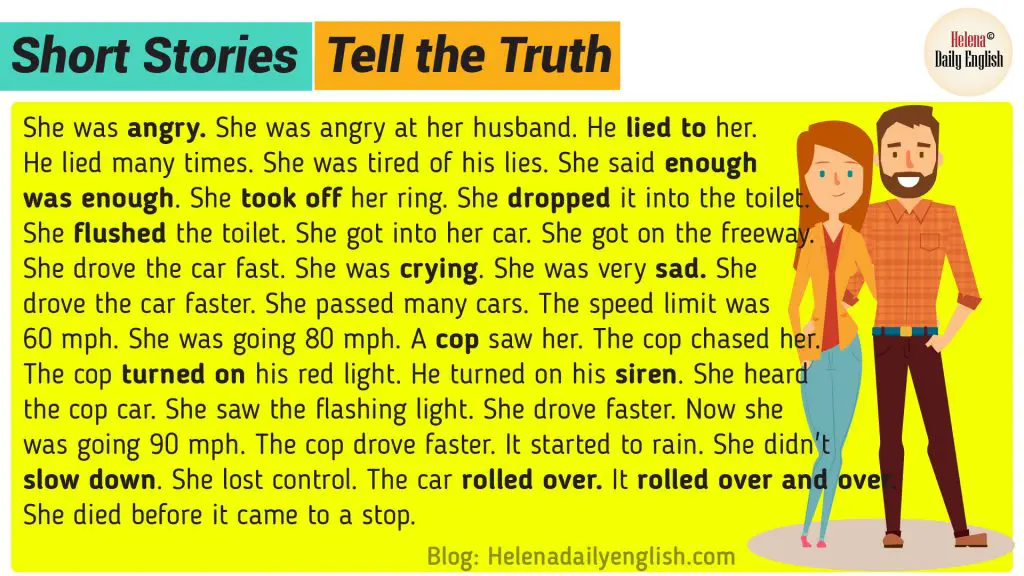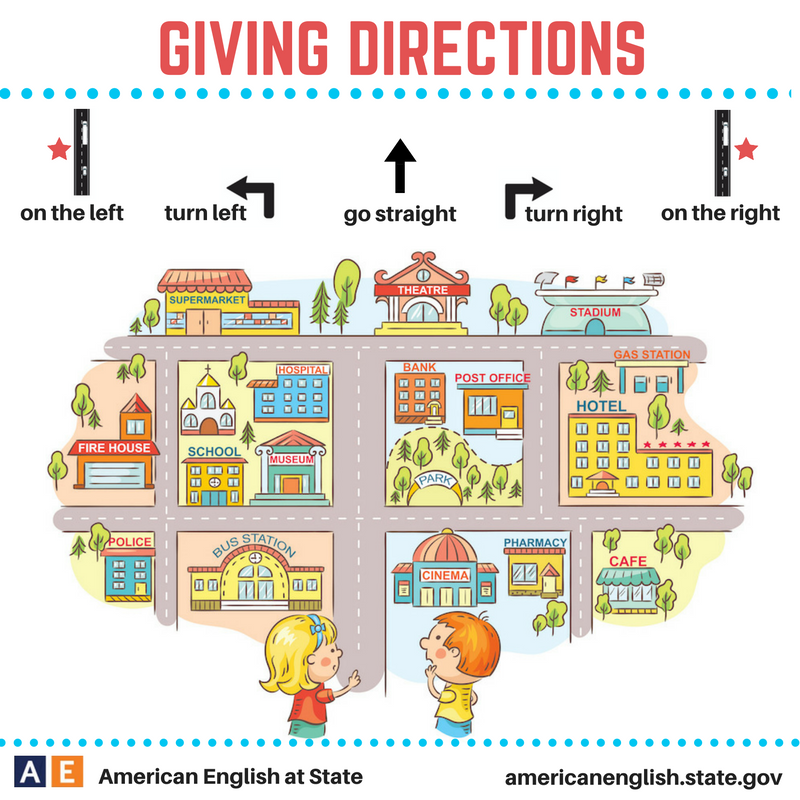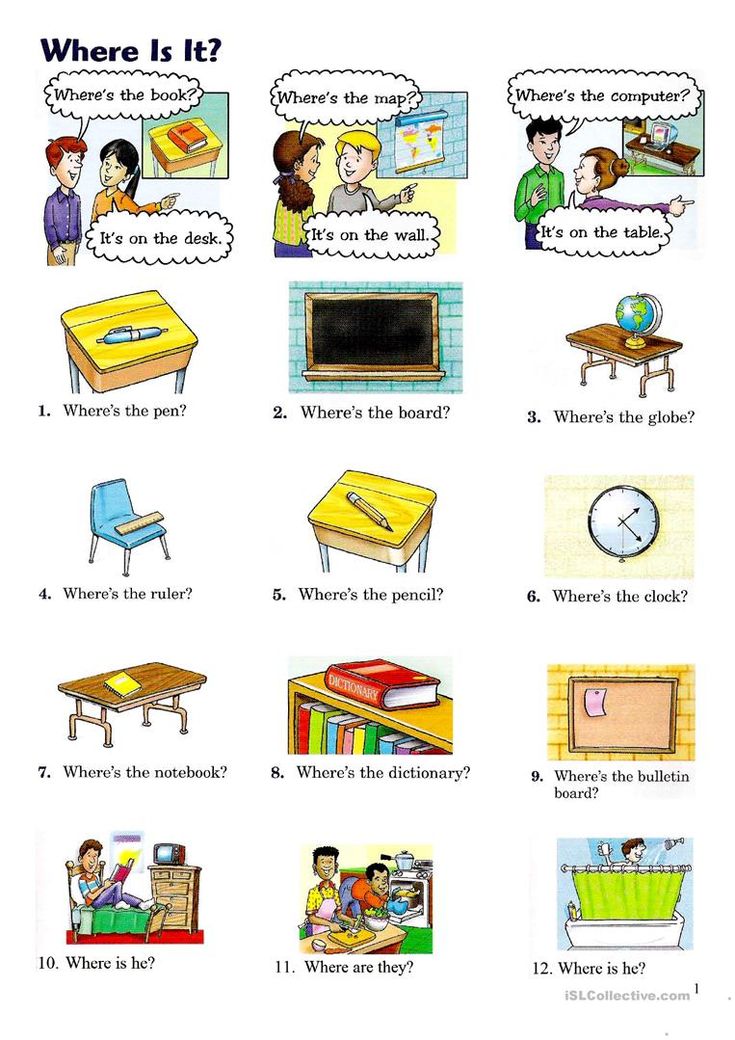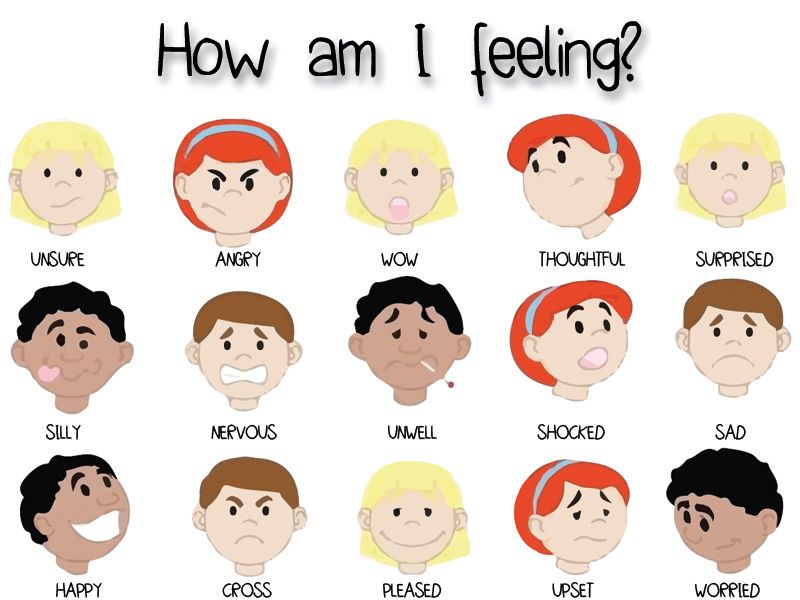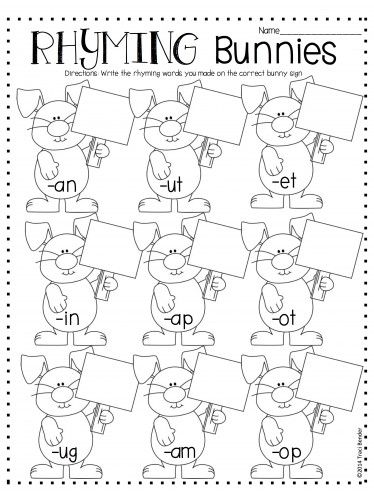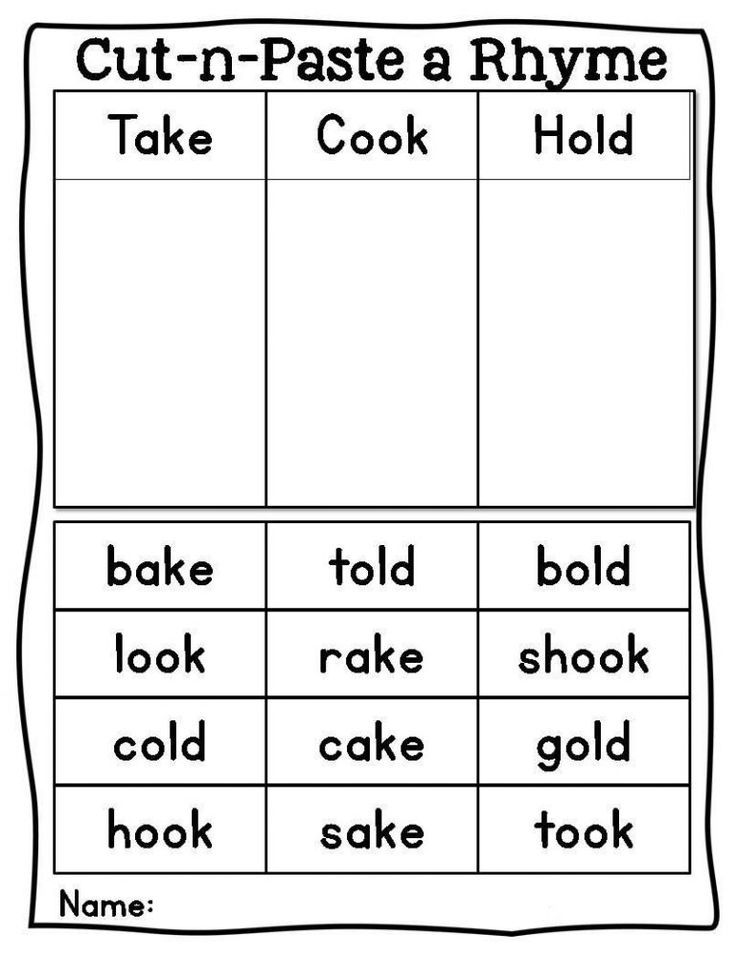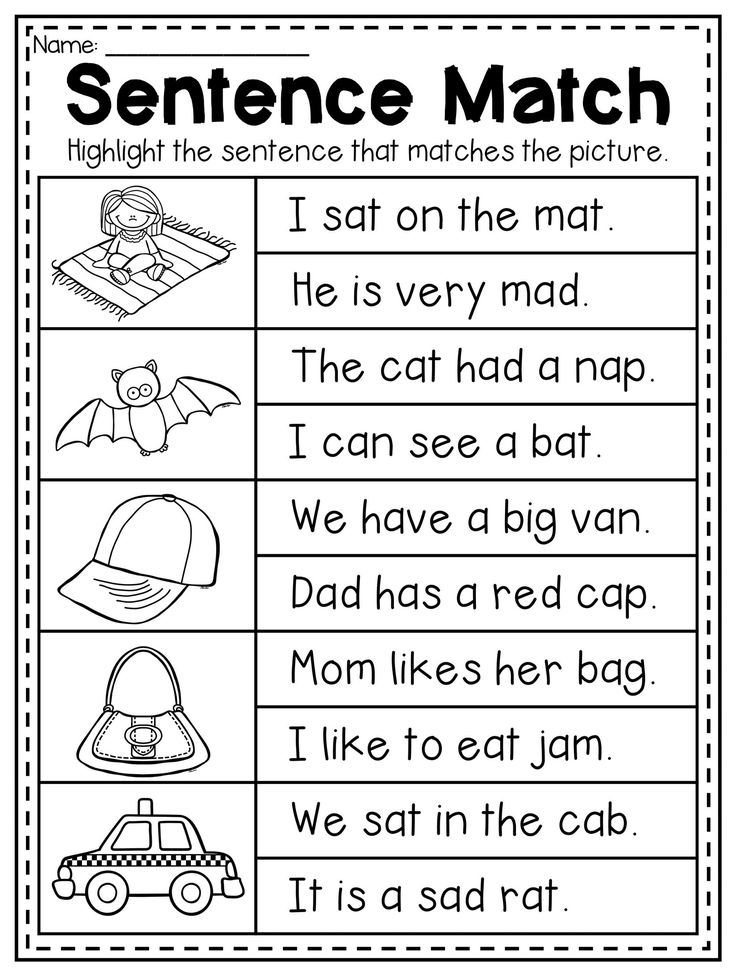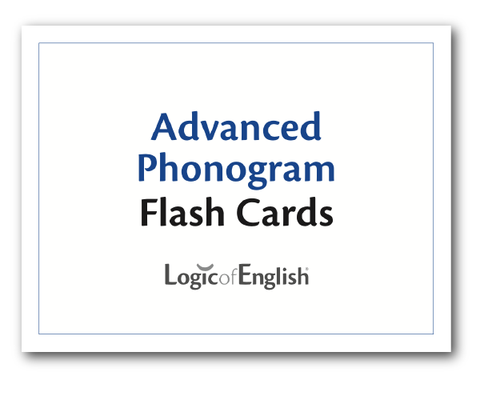Pre reading skill
10 Ways to Build Pre-Reading Skills in Kids
- Share
Here are some fun, simple pre-reading skills activities for preschoolers that are fun for home or school.
There are everyday activities kids should already be doing at home, as well as some other ideas to try.
What is Pre-Reading?
So, what are pre-reading skills?
Before any child can learn to read well and become a competent speller, five pre-reading skills must be mastered in order to lay a proper foundation.
Pre-reading skills are important as they set children up to decode words independently and read with understanding. They need to be developed before teaching a child to read.
They are important for school readiness and early literacy development.
What are the 5 Pre-Reading Skills?
These are the five main pre-reading skills that every student must master before learning to read, as listed in the article Reading readiness: The Top 5 Skills, by All About Learning Press.
1.
Print AwarenessPrint awareness is the understanding that letters form words and that these words have meaning when they are read.
It is knowing that the four letters on a stop sign have a message and that the words in a book tell a story or provide information.
There is also an understanding of the order of reading as they watch people read from left to right, and cover to cover.
2.
Motivation to ReadThe desire to decode words and understand what is in a book is essential before a child learns to read.
A baby is too young and does not yet have the motivation to want to decode the words in his plastic bath book.
Older children who have developed print awareness, and have listened to their parents read bedtime stories, will want to start understanding the words on the pages themselves.
This skill must be fostered until children develop a healthy desire to read.
3.
Listening ComprehensionWhen a child is able to ask and answer questions about a story or summarize what they have read or heard, they have developed listening comprehension.
4.
Letter KnowledgeKnowing the difference between upper-case and lower-case letters and recognizing letters and their sounds, forms the basis of letter knowledge.
Without this, words cannot be decoded and sounds cannot be blended together.
5.
Phonological AwarenessThis refers to hearing the different sounds in words (beginning sounds, end sounds, rhyming patterns, middle sounds and individual sounds).
Good phonological awareness means children are able to blend sounds together, decode them and manipulate them.
These five skills can be developed from a very young age in many easy ways.
Here are some ideas, starting with basic activities to develop print awareness, motivation and listening comprehension, and moving on to more advanced activities that build letter knowledge and phonological awareness.
10 Pre-Reading Skills Activities for Preschoolers
Here are some simple activities for pre-reading skills. They are also suitable for kindergarteners.
They are also suitable for kindergarteners.
Many of these activities are inspired by the ideas in the Phonological Awareness Package, compiled by Jane Sheils and Yvonne Sawyers.
1.
Read to Children Every DayIt’s never too early to start reading to your children.
Initially, it may just be soothing to listen to you read as your baby falls asleep, but as our child grows he will get used to the idea that the book represents a message.
When reading to your older children, even those who can already read, you will be instilling a love for books and showing that you value time to read together.
Read your kids these fun rhymes about books. They are all about the magic of reading.
2.
Ask Questions While ReadingDevelop listening comprehension and stimulate higher-order thinking skills by asking questions while reading.
Make sure to incorporate a variety of question types, such as cause-and-effect questions, predictions and opinions.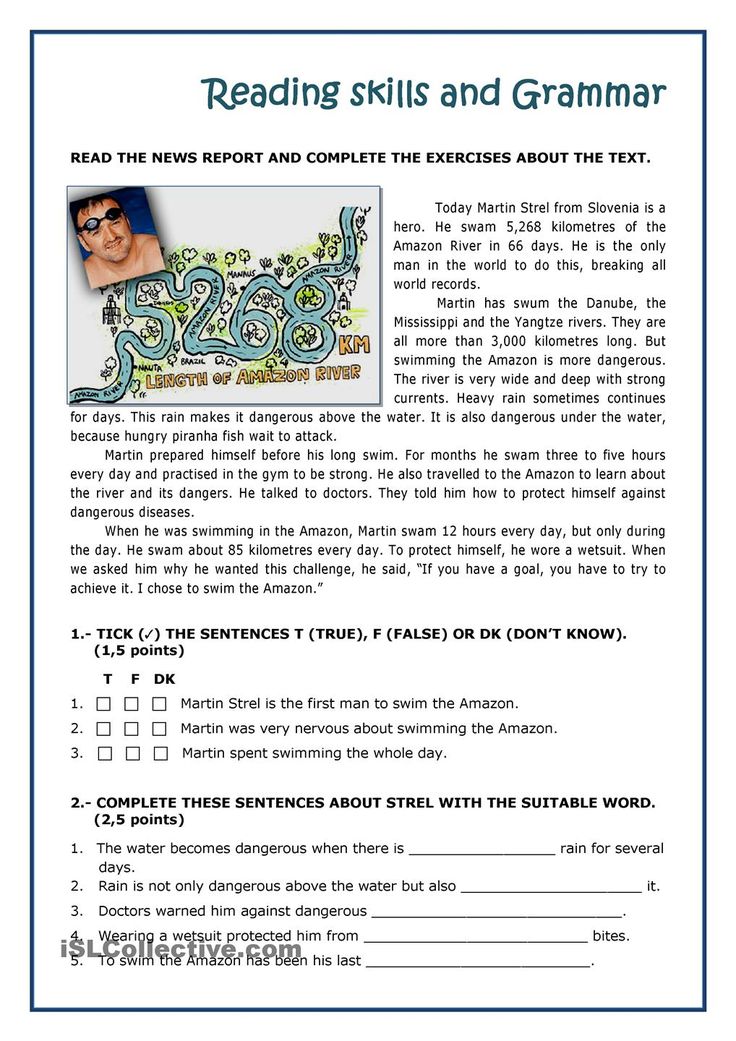
3.
Point Out Print in the EnvironmentThere are several ways to do this:
- Read the road signs as you drive and discuss what they mean. What would happen if people couldn’t read the sign that says “Beware of school children crossing the road”?
- Discuss the labels on your groceries. Why does the chemical cleaner have warning words? How do you know how much sugar is in your cereal?
- Discuss books. How do you know who is the author of a book? How do you know what the book is about before you read it? Which cover is the front cover and which is the back cover?
- Open the mail together (letters and emails). Who are these letters from? What message do they have for me? How do I know how much I need to pay for electricity usage this month?
This post contains affiliate links for educational products that I personally recommend. If you purchase through one of them, I earn a commission at no extra cost to you.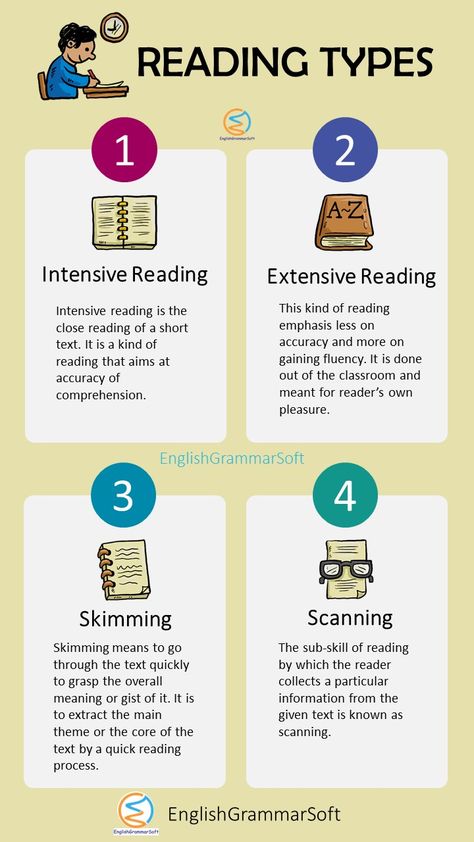 Read the terms and conditions for more details.
Read the terms and conditions for more details.
- Play with magnetic letters, letter tiles, stamps, letter cut-outs and shapes.
- Teach your child the letters in their name.
- Learn the alphabet song.
- Think of nouns that start with each letter.
- Use alphabet charts to compare upper-case and lower-case letters.
5.
Learn Rhymes and PoemsRhymes, songs and poems are a great way to start introducing rhyming words. They help children learn to read. Point out the sets of rhyming words as you sing them.
Make up new rhymes with simple patterns such as an (can, man, ran, pan) or ip (tip, rip, lip, sip).
When your child is old enough to play with sounds, move on to rhyming games.
6.
Play Rhyming Games- Find rhyming words – Say the word cat. What sound does cat end in? What other words end in at – mat, pat, rat, etc.

- Identify words that don’t rhyme – Say three words e.g. lap, map, hop. Which word doesn’t fit in?
- Finish the sentences with a rhyming word – Finish the sentence by finding a word that rhymes with cat: My cat is wearing a _____?
7.
Develop Listening SkillsDevelop listening skills by asking your child to listen to a word, remember it and then remove part of it, mentally. Use compound words at first.
Here is an example of the instructions to give:
- Say jellyfish
- Now say jellyfish again but without jelly.
- Answer: fish
This can be very difficult at first but is an excellent activity for developing listening and the ability to manipulate sounds.
Give the answer at first until the concept is understood, and your child can do it independently.
8.
Hear Sounds in WordsStart by listening for the beginning sound in words:
- Write down two sounds or use two letter tiles.

- Say a simple, 3-letter word and ask which sound the word begins with.
- Your child must either circle the letter or point to it and say it out loud.
Then, follow the same procedure and listen for the end sound.
And finally, identify the middle sound.
Vary this activity by saying just one sound (e.g. ‘t’) and asking where the sound is in the word – beginning, middle or end.
9.
Manipulate SoundsWhen your child is able to identify sounds and hear them at the beginning, end and middle of words, she is then ready to manipulate sounds. Here is an example:
- Say cat
- Now change the c to a m
- What do you hear?
- Answer: mat
Make sure you are using the actual sound, not the letter name (mm, not em)
- Say ham
- Now change the m to a t
- What do you hear?
- Answer: hat
10.
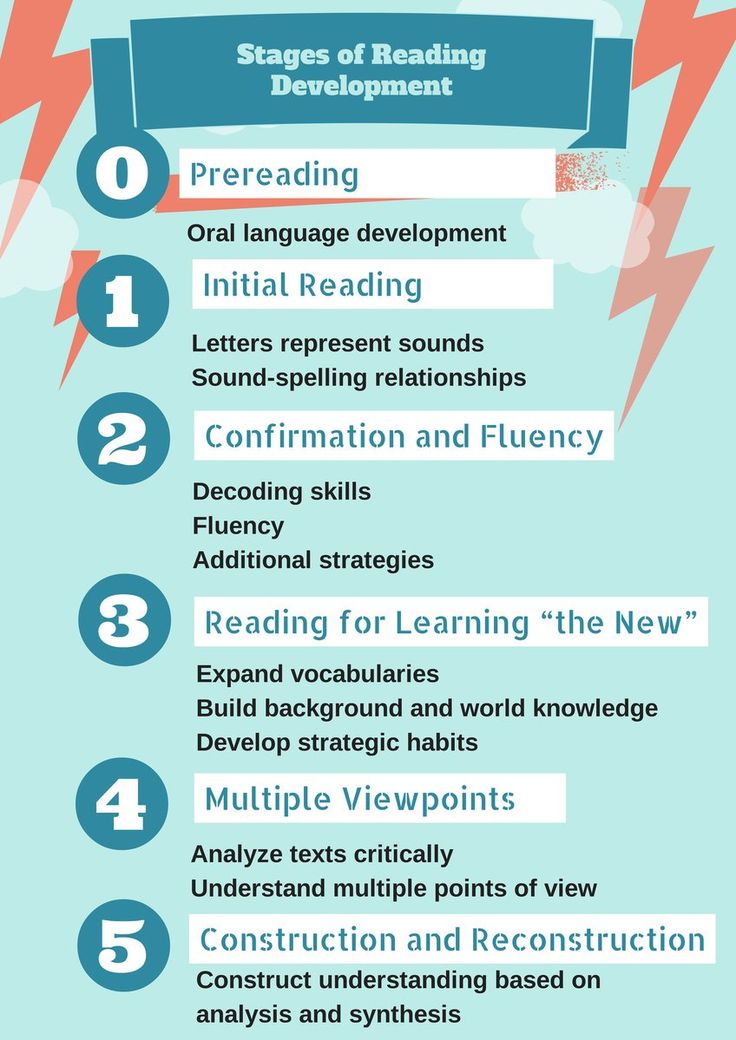 Blend and Decode Sounds
Blend and Decode SoundsThe final step is sounding out words and blending letters. These activities can be done with letter tiles.
Sounding out/decoding:
- p-e-n (pen)
- c-a-t (cat)
Blending:
This activity can be done with letter tiles. Place an e and d together to form ed, then add new letters to the beginning to make new words.
- b-ed (bed)
- r-ed (red)
- l-ed (led)
When children have the phonological awareness to decode words, then they are ready to read!
I hope you enjoyed these preschool and kindergarten pre-reading activities.
Remember that pre-reading and pre-writing skills are both important to develop before introducing formal instruction to young children.
Get FREE access to Printable Puzzles, Stories, Activity Packs and more!
Join Empowered Parents + and you’ll receive a downloadable set of printable puzzles, games and short stories, as well as the Learning Through Play Activity Pack which includes an entire year of activities for 3 to 6-year-olds.
Access is free forever.
Signing up for a free Grow account is fast and easy and will allow you to bookmark articles to read later, on this website as well as many websites worldwide that use Grow.
- Share
5 Pre-Reading Skills Kids Need To Be Successful Readers
By: Author ABC's of Literacy
Posted on Last updated:
1269 shares
- Share
- Tweet
Before we can teach our children to read, it is important to first build the foundation for lifelong learning and reading success. Here are 5 Pre-Reading Skills Kids Need To Be Successful Readers:
What You'll Find On This Page
5 Pre-Reading Skills Need To Be Successful Readers:
1. Motivation To Read
In order to learn, children need to be ready and have the motivation to read.
What Can Children Do?
- Show an interest in books and reading
- Ask you to read aloud
- Pretend to read
What Can Parents Do?
- Let your child pick what book he or she wants to read
- Read to your child everyday (Find a story in one of these book lists for kids)
- Read with enthusiasm
2. Language Skills
Children need to have language skills before learning how to read so they can describe things and share their knowledge and ideas.
What Can Children Do?
- Answer simple questions about a story
- Retell a story in their words
- Describe elements in a story such as the characters and setting
What Can Parents Do?
- Ask your child open-ended questions like “what do you think will happen next?”
- Have your child retell the story using puppets or a flannel board
- Encourage your child to make up his or her own story
3.
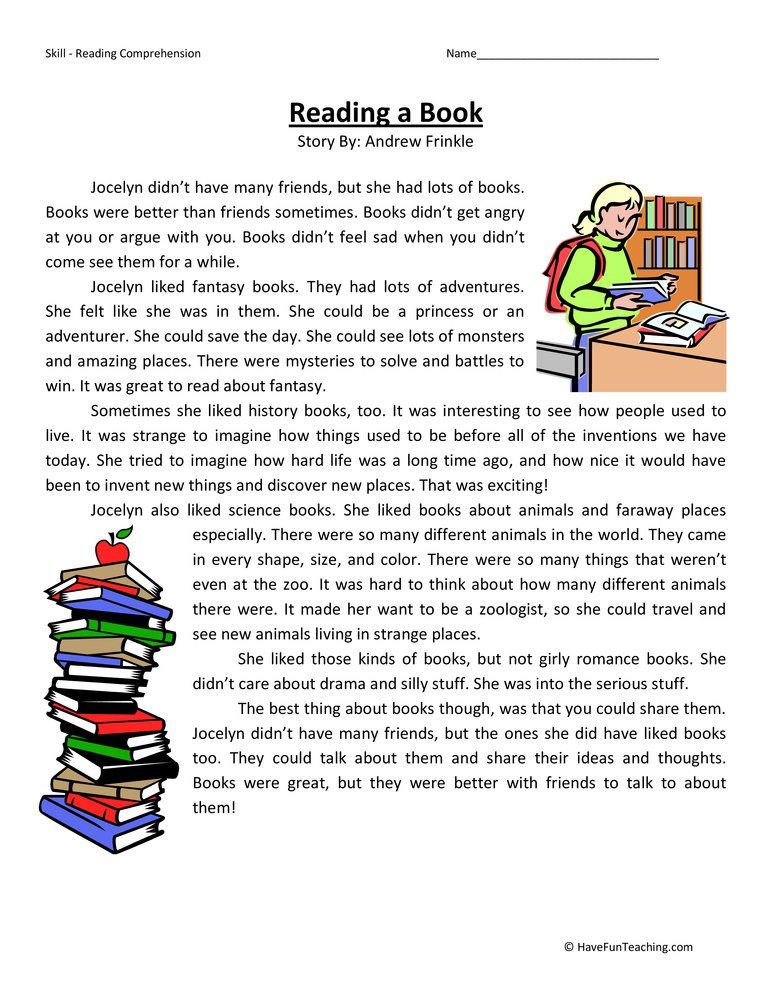 Concepts of Print
Concepts of PrintIn order to learn how to read, children must understand how books work or concepts of print.
What Can Children Do?
- Hold a book correctly
- Turn pages in the right direction
- Read from left to right and top to bottom
- Understand words represent a spoken word and convey a message
What Can Parents Do?
- Use your finger to track the words
- Point to the parts of a book such as the front cover, title, and author (Use the Parts of a Book Poster & Worksheet to help you)
- Let your child hold the book, turn the pages, and point to the words as you read
4. Letter Knowledge
Letter knowledge is understanding that the letters of the alphabet have different names and sounds.
What Can Children Do?
- Name the letters of the alphabet
- Recognize lowercase and capital letters
- Name each letter’s sound
What Can Parents Do?
- Teach your child the letters in his or her name (Use the Letter Knowledge Assessment to track the letters your child learns)
- Read Alphabet books
- Ask your child to identify letters on things in the grocery store or on signs around town
5.
 Phonological Awareness
Phonological AwarenessPhonological Awareness is hearing and understanding that that words are made up of smaller sounds.
What Can Children Do?
- Rhyme
- Count the syllables in a word
- Blend sounds together
- Segment or break words down into individual sounds
- Substitute one letter sound for another one to make a new word
What Can Parents Do?
- Sing songs and rhymes
- Play word games
- Reading rhyming books
After a children develop these pre-reading skills, they will continue to learn and grow as a reader. They will learn about phonics, sight words, and much more as they establish the building blocks for reading success.
Preschool Unit Lesson Plans:
Are you looking for fun, hands-on activities for your preschooler? These Preschool Unit Lesson Plans include an entire year of the most popular themed units! Click on the picture to learn more about this resource!
More Resources for Pre-Readers:
Learning the ABC’s
Book List for Kids
Pre-Reading Skills Checklist:
Do you want a checklist of these pre-reading skills? Click on the box below to automatically download and print Pre-Reading Skills Checklist PDF:
Pre-Reading for Toddlers - Child Development
Practical advice to parents on laying preliminary reading skills in children 3-5 years old
Reading is one of the most important disciplines in the system of preschool education.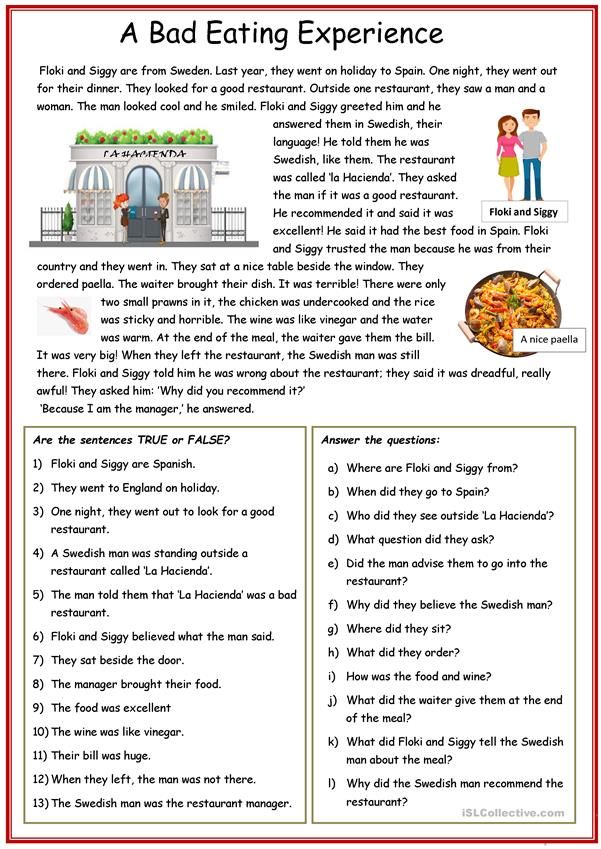 Parents often wonder what they can do to help their young preschoolers become successful readers, even before they can read on their own. Sometimes, to give their children an initial boost, they resort to various newfangled computer programs and aggressive strategies for learning to read.
Parents often wonder what they can do to help their young preschoolers become successful readers, even before they can read on their own. Sometimes, to give their children an initial boost, they resort to various newfangled computer programs and aggressive strategies for learning to read.
However, the simplest day-to-day activities, such as helping a child make sense of what their parents read to them, provide a fun, effective, and developmentally appropriate springboard to successful reading. For preschoolers, reading comprehension and sequencing are the two main pre-reading skills they can practice before they can read anything themselves!
Reading comprehension is a clear understanding of the meaning of the text. Young readers sometimes get so involved in the pronunciation of words that they forget to pay attention to what they are reading about! You can help your child learn to focus on the meaning of the story ahead of time by analyzing the text you read with him.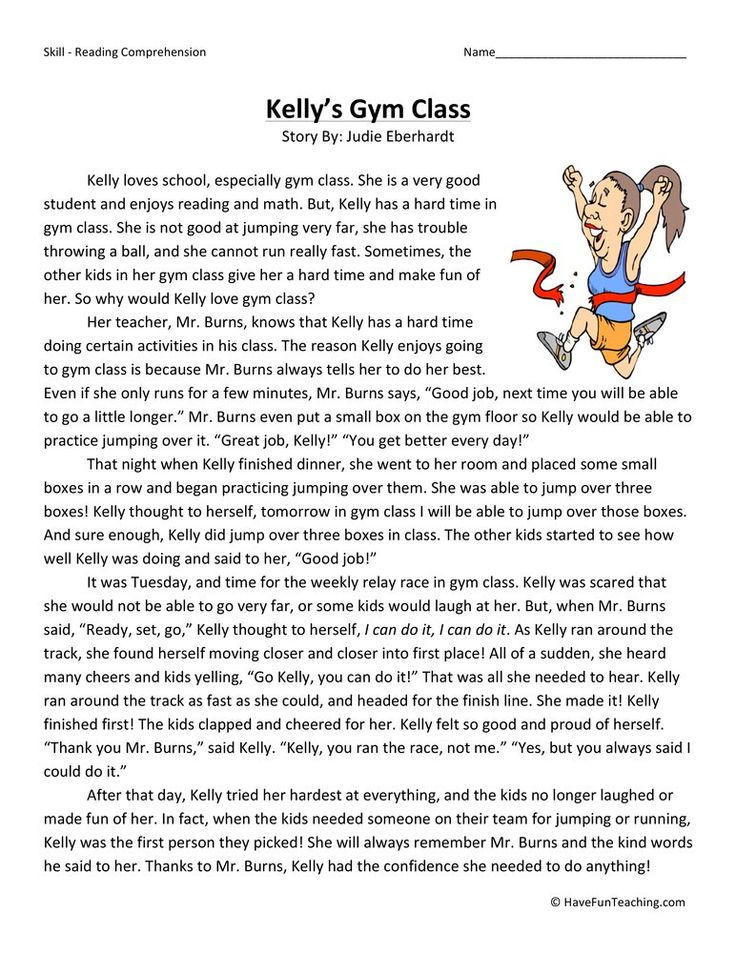
How to practice reading comprehension:
- Ask why. When in a story you are reading one of the characters acts in a certain way and his action will be explained later in the text, ask your child why, in his opinion, the hero of the story acted that way and not otherwise. For example, if you are reading the fairy tale "The Three Little Pigs", you can ask the child why Naf-Naf decided to build his house of stones and clay and fiddled with it for so long, and did not do everything quickly and simply like Nif-Nif, building a house from straw? As you continue reading, you can analyze together whether your child's guess was correct.
- Mark new words. When you come across a word in the text that the child most likely does not yet know, stop and ask him what it means. For example, if you read "the ship was wrecked," ask, "What does wreck mean?" If he doesn't know, explain to him and then read the same sentence again. This will help the child to understand the meaning of what he read, and in the future he will already feel more confident if he wants to ask about the meaning of an unknown word.
 Accumulating a large vocabulary helps with reading, as it's much easier to recognize a word you know than one you've never heard before.
Accumulating a large vocabulary helps with reading, as it's much easier to recognize a word you know than one you've never heard before. - Annotate the text. Before you start rereading your child's favorite story, ask him: “I remember reading this story, but I don't remember what will happen to the mouse. Do you remember?" Your child will certainly join the conversation and tell you about what will happen next, and thereby practice such an important skill as remembering and presenting information.
- Pay attention to the details. After you have read the story to the end, ask your child a series of questions about the storyline and characters. For example: why did the Snow Queen kidnap Kai? What animals came to Aibolit? What happened after Eliza threw shirts over her swan brothers? If, after reading, you repeatedly initiate such discussions, your child will begin to pay more attention to the details of the stories that you have read with him (and later to the details of the stories he has read himself).
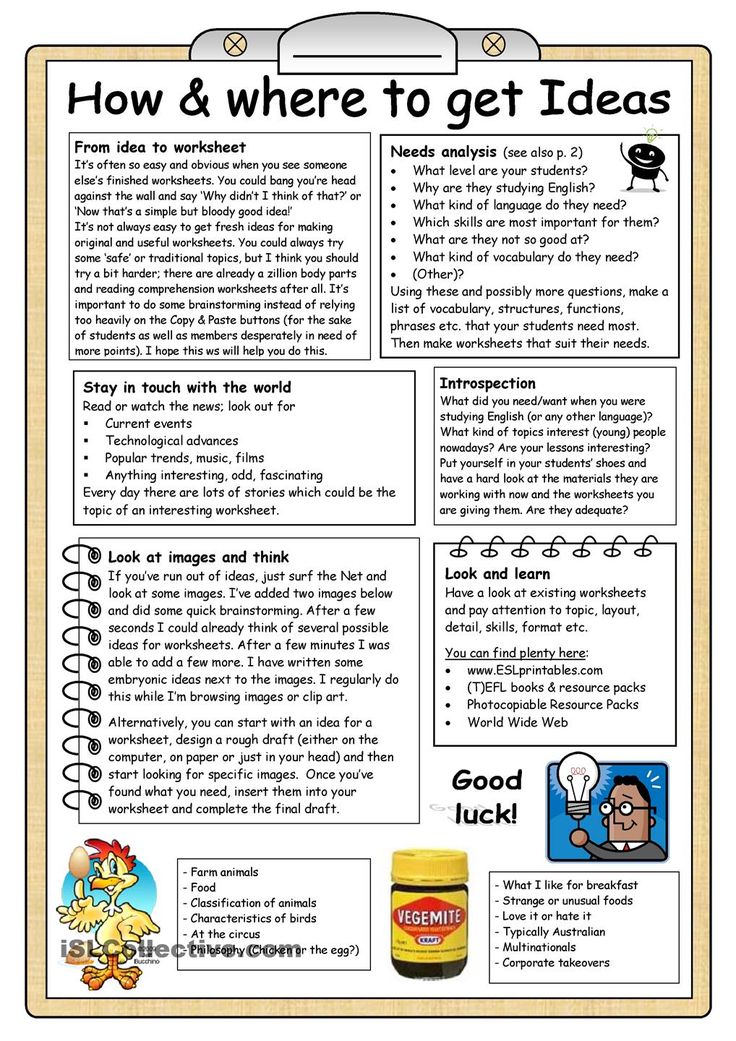
Text sequencing is the ability to arrange events in a story in the order in which they occurred when the author wrote them. It is very important for young children to learn the correct sequence of presentation and coherence of the text, because the logical construction of thinking (and inference) is fundamental both for future reading and for life in general.
How to practice sequential writing:
- Practice forecasting. When reading the story for the first time, ask the child what he thinks about what will happen next. For example, in the fairy tale "Gingerbread Man", what will happen after the meeting of Kolobok with the Fox? If his guess was wrong, you can use this opportunity to have him come up with his own version of the story and see how it could have ended differently. If you've been reading the story for a long time, stop at a certain point and ask your child if they know what's going to happen on the next page.

- Make story cards. After reading the story, help the child make pictures showing the sequence of events in the story (like comics). Take a few sheets of white paper, then you or your child (or better together) draw pictures (simple unpretentious drawings) on which you will display the main events of the story you read. Invite your child to tell you a few words that will succinctly describe this picture. And then let the child put the pictures in order in accordance with the logic of the story. Start with 3 pictures to begin with: the beginning, middle, and end of the story, and when your baby is ready, add a few more.
- Create your own book. Invite your child to make a book of their favorite stories with you. Sew sheets of paper and have him dictate to you basic phrases and sentences that will remind him of the plot (or, if he wants, he can write down the sounds that accompany and display certain words). He can also draw illustrations to decorate each of the pages.
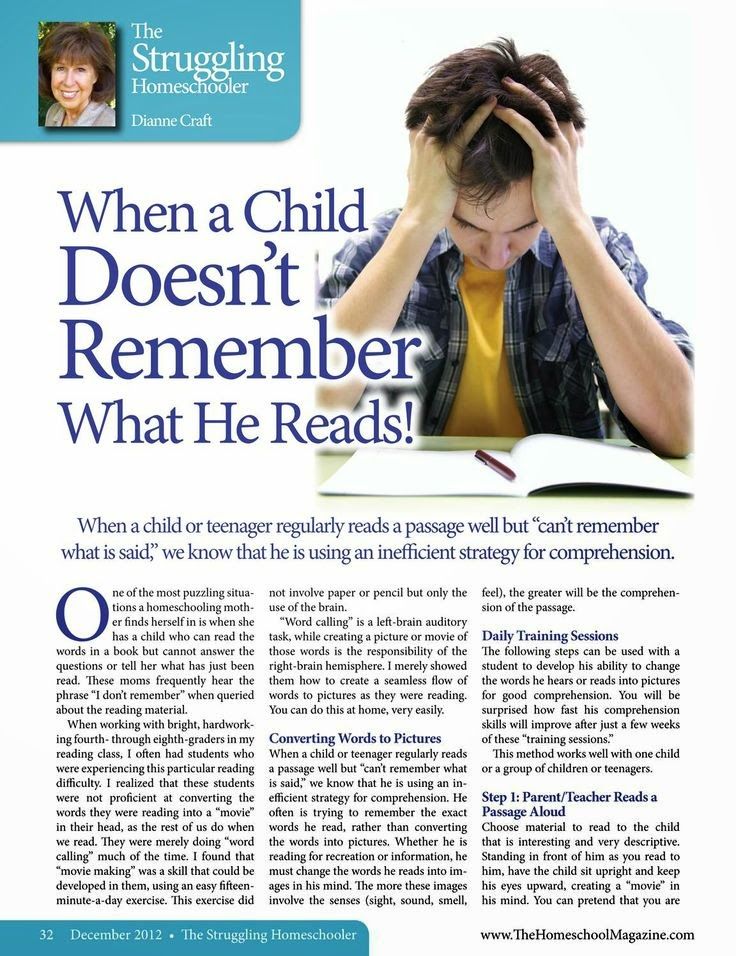
By adding just a few simple questions and activities during the reading of your chosen story, you can help your child start learning and mastering important basic reading skills. Reading comprehension and understanding of the sequence of presentation of the text will help him understand the meaning clearly and in detail. As an added bonus, you will have a lot of fun and many pleasant and joyful moments!
1. Preliminary
- preparatory work (dictionary work with illustrations)
-primary synthesis (primary perception of the text, teacher reading)
-examination primary perception (conversations generalizing character)
2. Analysis of art. Artworks
Held in logically complete parts. Reading each part is started by a teacher or the best student and further analysis of each part by 3 levels: -actual level; - ideological level; - formulating one's own relationship.
On 2 stage isp. track. types of work: - conversations, selective reading, reading by roles, word drawing.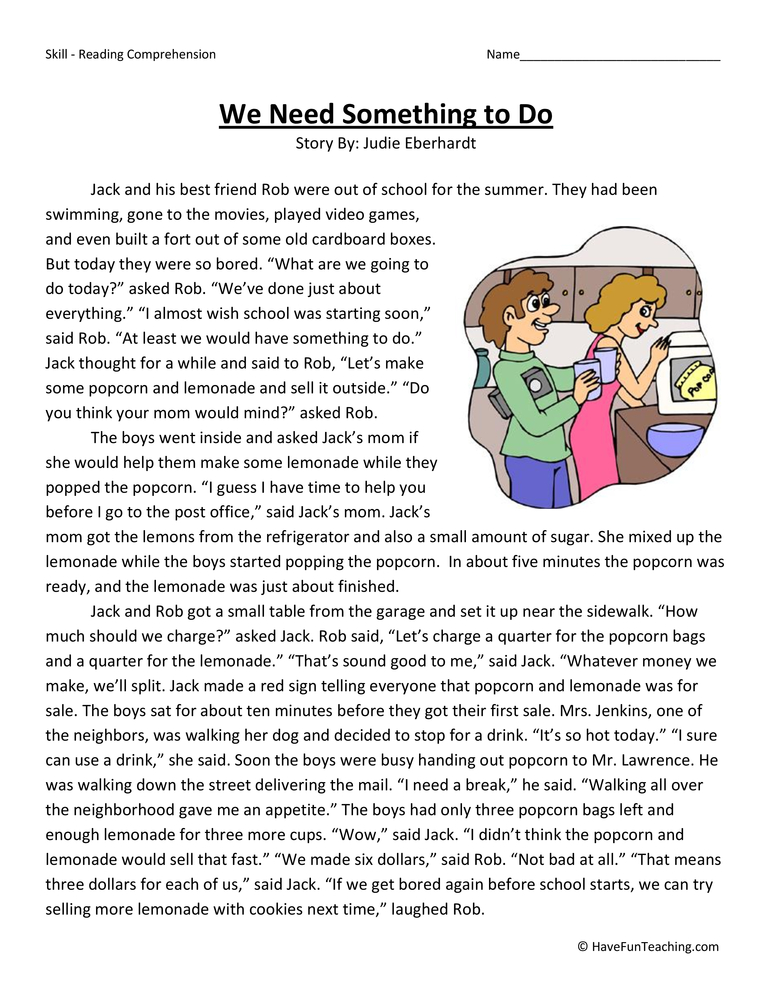
IN In the course of the analysis, a secondary synthesis is given: * generalization of the main thoughts on the read; *Re-reading by children.
Performance assignments following the reading, when children realize their own attitude to the work as a whole. In the course of summarizing the idea of the work is clarified, brought up love for good reading. Only with the right task, children will read with interest.
On At this stage, the work is organized in within the classroom and outside of class time. Types of jobs:
- problematic tasks
- verbal illustration
-reading by role
- retelling (literal, approximate with words from text, content transfer. with changes, with the addition, with the invention of a new situations)
-staging mise-en-scène
-staging pantomime
3. Final
Goals:
- fixing results of work in the form of a final conversations
-practical job
21. Work on the formation of reading skills (qualities - fluency, correctness, consciousness, expressiveness) in a special (correctional) school of the VIII type.
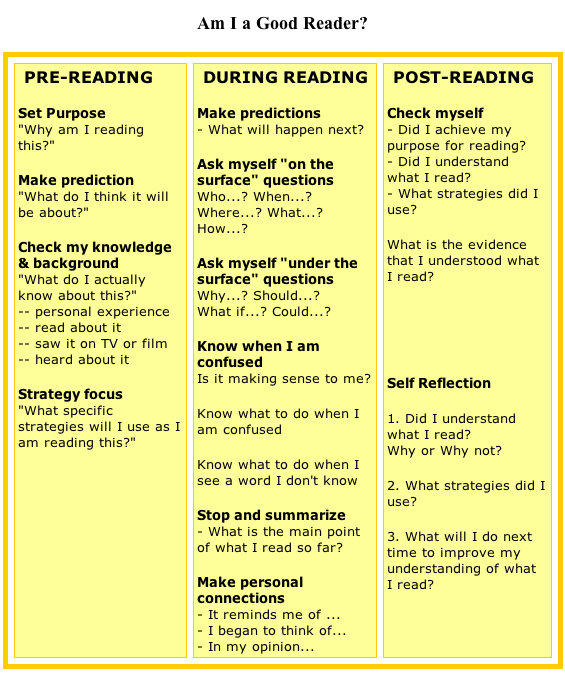
IN Russian language. reading skill is automatic skill by voicing printed text when realizing an idea works. Ability Shaping to your own emotional response, to the idea of this work. Right developed reading skills successful study and later life person. Reading skill yavl. means obtaining information.
Characteristics reading skills:
1.Under correctness - is understood as reading without distortion that could affect to the meaning of what is read.
2. Fluency refers to the speed reading, measured by the number of printed characters read per unit of time.
3.Under consciousness means awareness the intention of the author, art. funds and own emotional response to content works.
4.Under expressiveness means ways conveying the thought of the work.
For the formation of reading skills allocate three stages:
1.Analytical – there is a connection of reading components from main sounds to add. according to the appearance syllable.